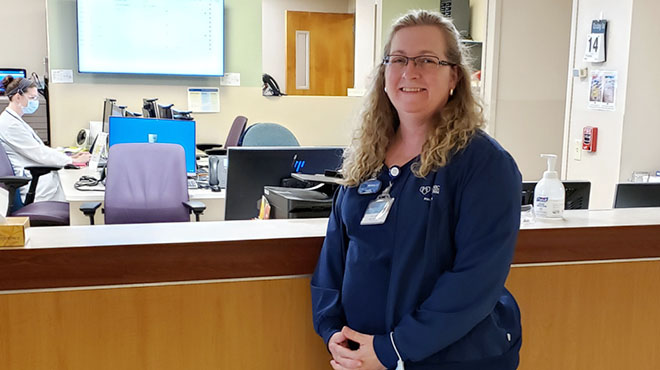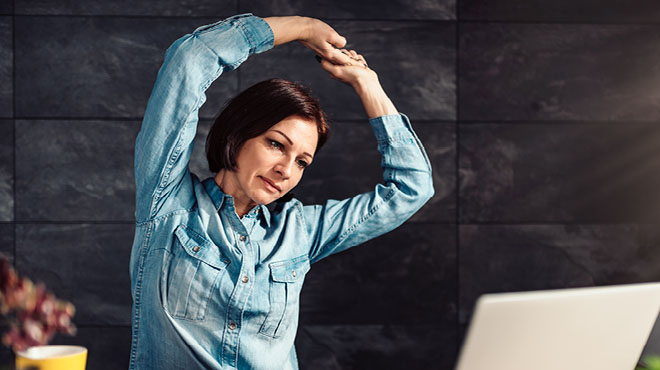Women and stroke: What you need to know

Ladies: The statistics are not in our favor. We need to take the risk of stroke seriously.
Many women underestimate their risks for stroke and believe that it mainly affects men. In reality, stroke is the fifth leading cause of death for women. According to the Centers for Disease Control and Prevention, about 1 in 5 women between the ages of 55 and 75 will have a stroke.
Each year, stroke kills nearly twice as many women as breast cancer. About 60% of stroke deaths occur in women.
Women's risk factors for stroke
There are a few reasons why women have a higher risk for stroke. High blood pressure is a major risk for stroke, and nearly 40% of women have elevated blood pressure or are taking medication to keep their blood pressure under control.
Women also have a higher risk of stroke than men because of factors related to reproduction. Specifically, oral contraceptives, pregnancy and post-menopausal hormone therapy all can increase women's stroke risk. Women who develop preeclampsia, eclampsia or gestational diabetes while pregnant also have a higher risk of stroke.
Finally, women live longer than men on average. Because risk of a stroke increases with age, women have greater risk for stroke over their lifetimes.
Other factors that increase a person's risk for stroke include heart disease, including abnormal heart rhythms like atrial fibrillation, smoking or tobacco use, and physical inactivity.
Know the warning signs
It's important to learn the many warning signs of a stroke and seek emergency medical care immediately after the first symptoms appear.
Stroke symptoms appear suddenly.
"Think FAST:" This saying and acronym makes recognizing and acting on these symptoms easy:
- Face — Ask the person to smile. Does one side of their face droop?
- Arms — Ask the person to lift up both arms. Does one arm drift downward, or is one arm unable to rise?
- Speech — Ask the person to repeat a simple or common phrase. Is their speech slurred or strange sounding?
- Time — If you notice any of these signs, call 911 immediately. Some treatment options need to be used in the first 4 ½ hours after a stroke, so it's essential to get help quickly.
You may be tempted to downplay symptoms and not want to go to the hospital. This feeling may be normal but is ill-advised. When care is delayed for someone having a stroke, the person's brain is deprived of blood, oxygen and nutrients. Within minutes, brain cells start to die. Emergency medical care by experts trained in the diagnosis and treatment of stroke is necessary to preserve brain cells and, in the most serious cases, prevent death..
Time is critical with a stroke, so it's usually best to call 911. Don't try to drive yourself to the emergency department.
Stroke treatment
More treatment options are available if you get to the emergency department quickly. Sometimes, medications can be administered through an IV to break up blood clots. The sooner the medications are given, the better. The medications only are effective if delivered within 4 ½ hours from the start of symptoms. This time frame may be only 3 hours for specific patient populations, so it's critical to seek medical evaluation as soon as symptoms start.
If a blood clot causes a stroke in a large artery, endovascular therapy may be necessary to remove the clot with a stent retriever. This intervention also is time sensitive.
Talk with your healthcare team about your personal risk for stroke. Also, learn how to spot a stroke using FAST, and encourage people in your life to do so as well.
Bayan Moustafa, D.O., is a neurologist in Eau Claire, Wisconsin.




